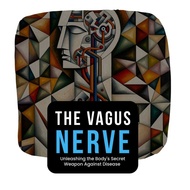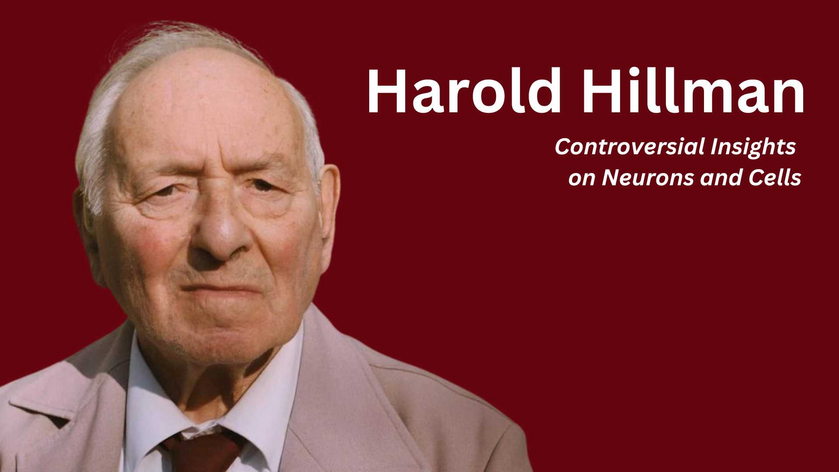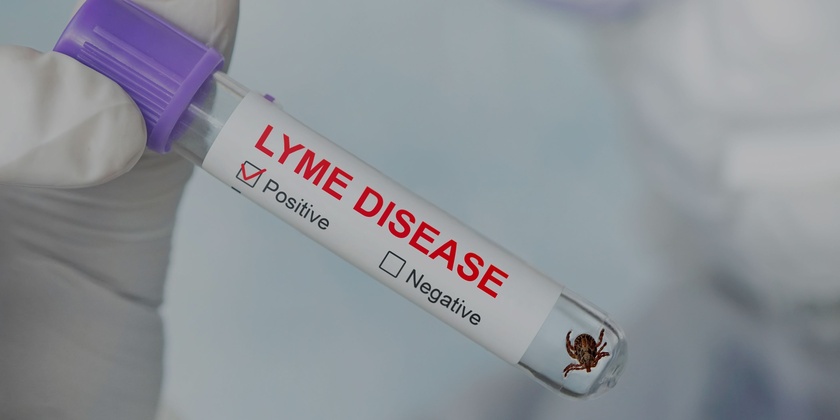Harold Hillman, an unconventional yet influential figure in neurobiology, devoted his career to challenging mainstream scientific views on cell structure and function. His findings and critiques, though contentious, have sparked important discussions about scientific methodology and the interpretation of cellular structures. Here, we delve into Hillman's career, his controversial findings, and their implications for modern biology.
A Journey Through Academia
Harold Hillman was born in London and embarked on an academic career rooted in a strong belief in the pursuit of truth. He studied neurophysiology and biophysics at University College, London, and later held various academic positions, including Senior Lecturer in Physiology at Battersea College and Director of the Unity Laboratory of Applied Neurobiology at the University of Surrey. Throughout his career, Hillman published extensively in cytology, neurobiology, and resuscitation, and authored five books.
Challenging Established Practices
Hillman's critical perspective emerged during his early career at the Institute of Psychiatry, where he observed practices he found ethically questionable, such as the selective reporting of data and the omission of control experiments. These experiences influenced his later work, as he consistently questioned the validity of widely accepted scientific methods.
Key Findings and Critiques
The Likely Structure of Neurons in Living Intact Mammals
Hillman’s work suggested that the traditional views on neuron structure were flawed. According to Hillman, the cell body of a large neuron in life is probably up to 120-150 µm in maximum diameter. He noted that neurons in tissue culture pulsate slowly, but it is not known if they do so in intact animals. Each neuron possesses one long nerve fibre designated as the 'axon', which can be millimetres to meters long. Hillman challenged the conventional representation of the cell body, which he argued appears more concave due to shrinkage during staining, while in reality, it is more spherical and convex.
Hillman further critiqued the widely accepted "trilaminar" or "unit" model of cell membranes, proposing instead that the cell membrane consists of a single layer without protein molecules, glycolipids, or glycoproteins protruding from its surface. He argued that traditional models are based on the assumption that such macromolecules are present, yet they are not observed in electron microscopy images.
Subcellular Fractionation and Artifacts
Hillman scrutinized the technique of subcellular fractionation, which aims to isolate cellular components for study. He argued that the assumptions underlying this process often contradicted the laws of physics and thermodynamics. His critique extended to electron microscopy, which he believed introduced artifacts, misleadingly interpreted as cellular structures.
Questioning the Existence of Synapses
One of Hillman's most controversial claims was that synapses, the junctions through which neurons communicate, were artifacts of staining techniques. He found inconsistencies in the evidence for synapses and proposed that they might not exist as traditionally understood.
The Role of Electron Microscopy
Hillman had significant reservations about electron microscopy, a technique that had revolutionized cell biology. He pointed out that the process of preparing cells for electron microscopy—such as staining, dehydrating, and embedding them in resin—could introduce artifacts that were mistaken for actual cell structures. For instance, Hillman argued that the endoplasmic reticulum and the Golgi apparatus, as seen in electron micrographs, might not exist in the form commonly depicted.
Hillman’s critical examination of electron microscopy extended to questioning the existence of various cellular structures, such as ion channels, membrane receptors, transmembrane molecules, and the cytoskeleton. He believed that many of these structures were either not present in living cells or were artifacts introduced during sample preparation.
Implications for Modern Biology
Although Hillman's views remain contentious, his work highlights the importance of questioning scientific consensus and rigorously testing assumptions. His critiques remind us that science thrives on healthy scepticism and the continuous re-evaluation of established knowledge.
Hillman's career serves as a testament to intellectual honesty and the courage to challenge prevailing paradigms. His insights, whether ultimately validated or refuted, contribute to the broader discourse on scientific methodology and the interpretation of cellular structures.
In summary, Harold Hillman's controversial insights on neurons and cells underscore the complexities and challenges of studying living organisms. His work serves as a reminder of the importance of maintaining scientific rigor and openness to new ideas in the pursuit of understanding the fundamental nature of life.
References
1. Hillman, H. (1996). What price intellectual honesty? In B. Martin (Ed.), Confronting the Experts (pp. 99-130). Albany, NY: State University of New York Press.
2. Hillman, H. (2008). The Cellular Structure of the Mammalian Nervous System. Surrey, UK: University of Surrey Press.
3. Hillman, H. (1972). The validity of subcellular fractionation. Biochemical Journal, 126, 537-546.
4. Gorter, E., & Grendel, F. (1925). On bimolecular layers of lipoids on the chromocytes of the blood. Journal of Experimental Medicine, 41, 439-443.
5. Davson, H., & Danielli, J. F. (1936). A contribution to the theory of permeability of thin films. Journal of Cellular and Comparative Physiology, 7, 393-414.
6. Unwin, P. N., & Zampighi, G. (1980). Structure of the junction between communicating cells. Nature, 283(5744), 545-549.
7. Conley, D. J. (1996). Mechanisms of ion transport in the nervous system. Physiological Reviews, 76, 303-329.
8. Unwin, P. N., & Unwin, G. G. (1988). The acetylcholine receptor channel. Annual Review of Biophysics and Biophysical Chemistry, 17, 335-358.
9. Kistler, J., Stroud, R. M., Korr, A. N., & Fairclough, R. H. (1982). Structure and function of the sodium channel. Journal of Biological Chemistry, 257, 7552-7558.
10. Burgess, G. M., & Barnard, E. A. (1992). Receptor biochemistry and synaptic transmission. Journal of Neurochemistry, 58, 151-162.
11. Laufenberger, D. A., & Linderman, J. J. (1993). Receptors: Models for binding, trafficking, and signaling. Oxford University Press.
12. Kennakin, T. P., & Angus, J. A. (2000). Estimation of receptor parameters from functional studies. Handbook of Experimental Pharmacology, 148, 1-34.
13. Sartory, P., & Hillman, H. (1970). The existence of the Golgi apparatus. Journal of Cell Biology, 47, 155-159.



















